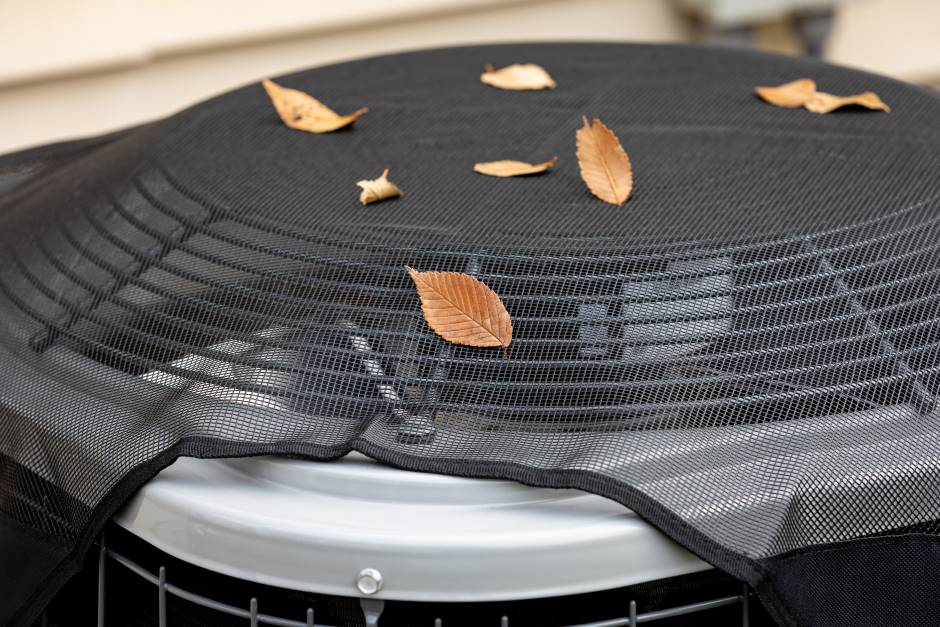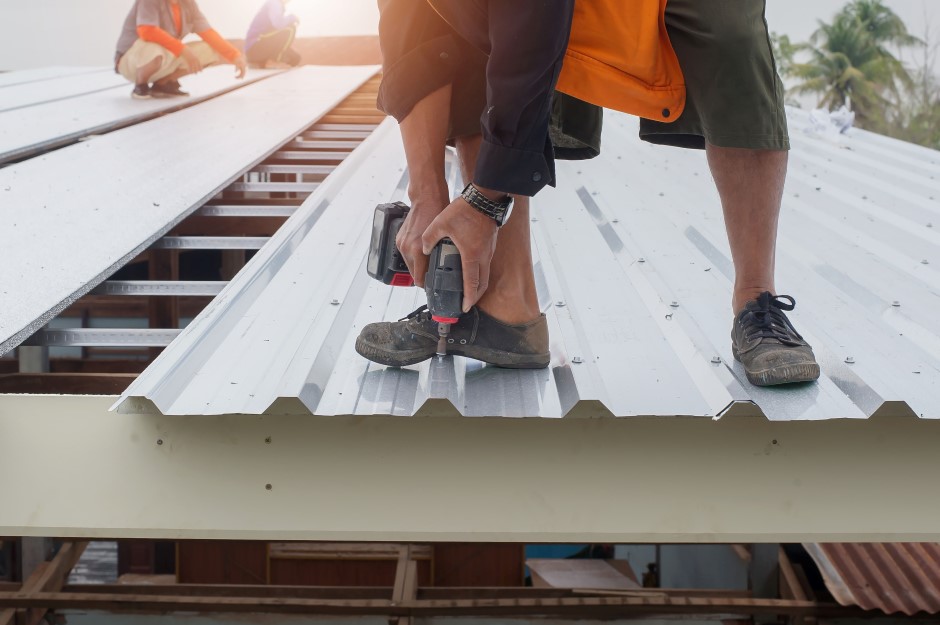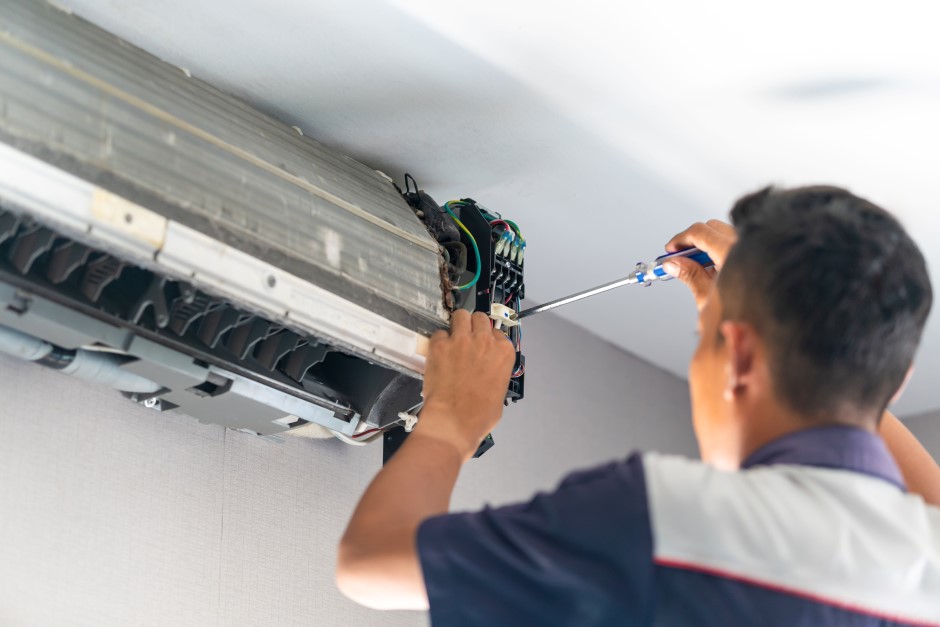
When the cold arrives, you will probably face one of these common HVAC problems in the fall: clogged air filters, thermostat confusion, pilot light issues, tripping circuit breakers, mold and mildew, and low humidity.
The transition from summer to fall can bring about a set of unique challenges for your heating, ventilation, and air conditioning system. Luckily, they all have specific solutions – gathered here for you!
What Are The Most Common HVAC Problems In The Fall?
There are some common problems with HVAC in the fall you need to know, and some specific common problems with humidifiers in HVAC too, such as clogged air filters, thermostat confusion, pilot light issues, and more. Take a look at the list and discover how to solve them.
1. Clogged Air Filters
As fall foliage fills the air, it can also find its way into your HVAC system, clogging air filters. It reduces airflow and makes your system less efficient. Replace your air filters regularly, ideally every one to three months, to ensure proper airflow and system efficiency.
2. Thermostat Confusion
Erratic temperature fluctuations can occur when you switch between heating and cooling modes, causing discomfort. Invest in a programmable AC thermostat to automate temperature adjustments and maintain a consistent indoor climate.
3. Pilot Light Issues
If you have a gas furnace, the pilot light may go out due to drafts or other factors, leaving you without heat. Relight the pilot following manufacturer instructions, or call a professional.
4. Tripping Circuit Breaker
Increased HVAC usage in the fall can sometimes overload circuits, causing circuit breakers to trip. Try to avoid running multiple high-power appliances simultaneously, and if the circuit breaker trips, reset it. If it continues to trip, consult an electrician.
5. Mold And Mildew
Excess humidity can lead to mold and mildew growth, affecting your indoor air quality and comfort. Regularly clean and maintain your humidifier, ensuring it does not exceed recommended humidity levels.
6. Low Humidity
As the weather gets colder, indoor air can become dry, leading to discomfort and potential health issues. Adjust your humidifier settings to maintain optimal indoor humidity levels (usually 30 - 50%), and deal with one more common HVAC problem and solution this fall.
Keep reading to discover the most frequent questions and answers related to HVACs!
Can I Run My AC In The Fall?
Yes, you can run your AC in the fall, but it is essential to use it wisely. Turning on your AC briefly can help reduce humidity levels and maintain comfort. Also, keep doing your regular AC tune-up even during this season.
Is It Okay To Turn Off The Thermostat In The Fall?
While it's tempting to turn off your thermostat in mild fall weather, it's generally advisable to keep it on. Sudden temperature drops can catch you off guard, and your HVAC system can help maintain a consistent temperature.
When Should I Turn Off My AC In The Fall?
You can safely turn off your AC in the fall when outdoor temperatures consistently stay below 65 °F (18 °C). At this point, your HVAC system can focus on heating your home efficiently.
What To Do With AC In The Fall?
Consider scheduling a professional HVAC maintenance checklist service in the fall to ensure your system is in top shape for the upcoming winter. If your AC has an outdoor unit, cover it to protect it from leaves, debris, and winter weather. Plus, switch your thermostat to heating mode and set it to a comfortable temperature for the fall season.
Finally, you can enjoy a cozy, worry-free season indoors! Just remember that regular maintenance with eHARDHAT’s HVAC pros will ensure your system keeps you comfortable all year round, and you're good to go. ✅






